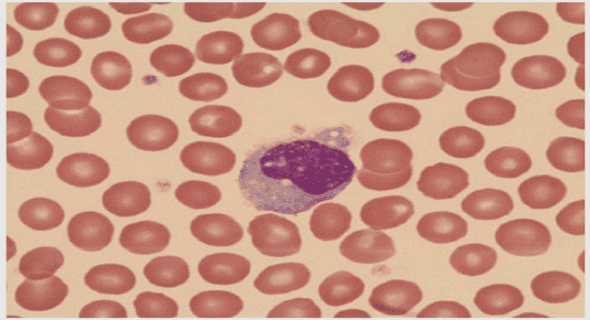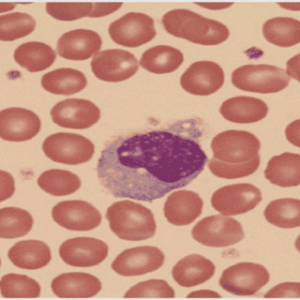(Downloads - 0)
For more info about our services contact : help@bestpfe.com
Table of contents
1 Motivations and organization of the manuscript
2 Biological context
2.1 Gene regulatory networks
2.2 Genetic feedback loops
2.3 Importance of understanding and controlling these loops
2.4 Biological design and control tools
2.5 Conclusion
3 Mathematical modeling of genetic feedback loops
3.1 The deterministic and ordinary differential equation framework
3.2 Non-linear ordinary differential systems
3.2.1 Modeling transcription and translation
3.2.2 ODE model for genetic feedback loops in dimension N
3.2.3 Steady states
3.2.4 Local Stability
3.2.5 Monotone dynamical systems
3.2.6 Monotone cyclic feedback systems
3.2.7 Numerical illustrations
3.3 Piecewise affine differential systems
3.4 Boolean systems
3.5 Conclusion
4 Classical control strategy
4.1 Introduction
4.2 The controlled model
4.3 A new methodology for global results
4.4 Schwarzian derivatives
4.5 Conditions on
4.6 Numerical illustrations
4.7 Conclusion
5 Saturated control strategy
5.1 Introduction
5.2 The controlled model
5.3 Global asymptotic stability
5.4 Conclusion
6 Piecewise constant control strategy
6.1 Introduction
6.2 The controlled model
6.3 Global convergence
6.3.1 Global convergence for the negative loop
6.3.2 Global convergence for the positive loop
6.4 Global stability
6.4.1 Global stability for the negative loop
6.4.2 Global stability for the positive loop
6.5 The PWC control inside Hill functions: an illustration
6.5.1 The controlled Toggle Switch model
6.5.2 Global results
6.6 A trade-off between speed of convergence and strength of inputs
6.7 Conclusion
7 Piecewise constant control strategy with uncertain measurements
7.1 Introduction
7.2 The controlled model
7.3 Global convergence
7.3.1 Global convergence for the negative loop
7.3.2 Global convergence for the positive loop
7.4 A synthetic example: the Repressilator
7.5 A biological example: the p53-Mdm2 negative loop
7.6 The PWC control with uncertainties inside Hill functions: an illustration
7.6.1 The controlled Toggle Switch model
7.6.2 Global results
7.7 Conclusion
8 Design of synthetic modifications
8.1 Introduction
8.2 The controlled model
8.3 Global asymptotic stability
8.4 Global convergence towards an undifferentiated region for the positive loop
8.5 Conclusion
9 A new problematic: the emergence of oscillations
9.1 Introduction
9.2 A biological motivation: the circadian clock
9.2.1 A reduced circadian clock model
9.3 A synthetic modification of the loop
9.4 A PWC control strategy
9.5 Application to the circadian clock
9.6 Conclusion
10 Conclusions and perspectives



